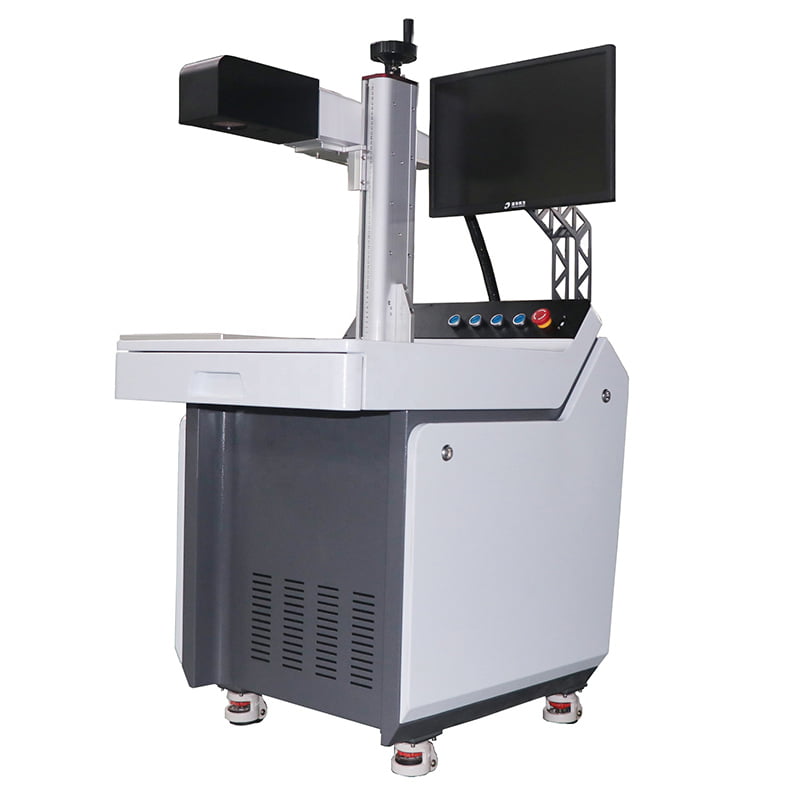CO2 vs. Fiber Laser: Differences in Laser Engraving and Cutting
Customers have not been able to identify between CO2 laser equipment and fiber laser equipment in the industrial laser marking and cutting market. Many industries adopt fiber laser technology for cutting, welding, engraving, and branding. Acrylic, wood, and other materials can be precisely engraved, marked, and cut using the same CO2 laser machine.
The study of fiber lasers
Solid-state lasers, called fiber lasers, use optical fibers as its gain medium. By forcing a diode laser into an optical fiber, they are able to produce a laser beam.
Fiber optics use stimulated emission to enhance light. A high-power laser beam is then created by focusing and emitting the amplified light through the output coupler. The wavelength at which fiber lasers function is 1,064 nanometers (nm).
Fiber Lasers machine applications
Fiber laser marking, cutting, welding, and other laser equipment can all be equipped with fiber lasers. What, then, is the purpose of these machines?
1. Metals Engraving and Plastic Marking: Stainless steel can be etched with a logo, brand, date, qr-code and other characters.Some deep engraving,such as 3D Fiber Lasers relief, 2.5D Fiber Lasers relief engraving,and so on,.

2. Metal Cutting: Metal materials, including copper, silver, gold, and other materials, can be cut by certain high-power MOPA fiber lasers, Just with a higher-speed Galvo head, setting loop engraving speed, it can cut some thin metals.And more than 1 kW fiber lasers can also cut different thicknesses carbon steel,Aluminum and stainless steel.
3.Glass Cutting: Short-durationfiber laser pulses can be use to heat and fracture glass when fiber lasers are operated in pulsed mode. Glass may be precisely and carefully sliced by adjusting the pulse duration, energy density, and repetition rate.You can use the Fiber Lasers to drill holes on glass
The study of Co2 lasers
A combination of carbon dioxide, nitrogen, and other gases is used as the active medium in CO2 lasers, a type of gas laser, in order to produce laser light. Around 10.6 micrometers is the wavelength at which these lasers emit infrared radiation, which is readily absorbed by a variety of materials, including wood, plastic, ceramic, and some metals.
Co2 Lasers system applications
The following are some essential features and uses for CO2 lasers:
1. Wavelength: The infrared light emitted by CO2 lasers has a wavelength of around 10.6 micrometers, making it appropriate for processing a variety of materials.
2. High Power: Depending on the layout and configuration of the laser system, CO2 lasers can generate high power levels that range from a few watts to hundreds of kilowatts.
3. Versatility: CO2 lasers are adaptable and can be used to a wide range of materials, including paper, cloth, metals, plastics, and organic materials. They can also be used for welding, drilling, engraving, and marking.
4. Non-metal Processing: Because CO2 lasers readily absorb infrared light, they are especially well-suited for processing non-metallic materials like glass, rubber, acrylic, and wood.
All things considered, CO2 lasers are multipurpose instruments with a wide range of uses in a number of sectors, such as manufacturing, aircraft, automotive, electronics, medical devices, signage, and packaging. They are important assets in contemporary production contexts because of their capacity to supply great power, accuracy, and customization.
